Repeatable inspections of hard-to-reach areas underneath wharves
Before adopting Trendspek, NSW Ports traditionally relied on site investigations for condition assessments. As Ashley explains, with 2D plans and site visits: “You’re relying on what that person can see which can sometimes be limited with weather, sea and access conditions."
Coordinating site visits also posed logistical challenges: requiring alignment of team schedules, suitable weather conditions, and site permissions. When it came to inspecting hard-to-reach areas, such as sections of the jetty, this often involved boats or scaffolding.
"You would have to go there in a boat and plan it from a boat, and take notes on paper, which can be challenging and is labour intensive."
By contrast, Trendspek’s 3D models provide a verifiable, detailed record that multiple stakeholders can revisit online to understand asset conditions – accessible via web browser, from the office.
"That’s one of the real benefits of Trendspek – accessing those hard-to-reach areas. For example, our bulk liquid pipelines run under berths in tidal zones and formerly required boat access. Now, it’s all available in the model."
As Maruf notes, the 3D models also allow engineers to understand complex components, such as how different structural elements connect.
"In the engineering team, we need to understand how it was constructed—how the bolts are joined, how it is supported. If we have a 3D model, it gives us the picture in front of us, showing how it was designed and how complex it is."Overall, both Ashley and Maruf agree that the shift from 2D to 3D has been a "a step in the right direction."
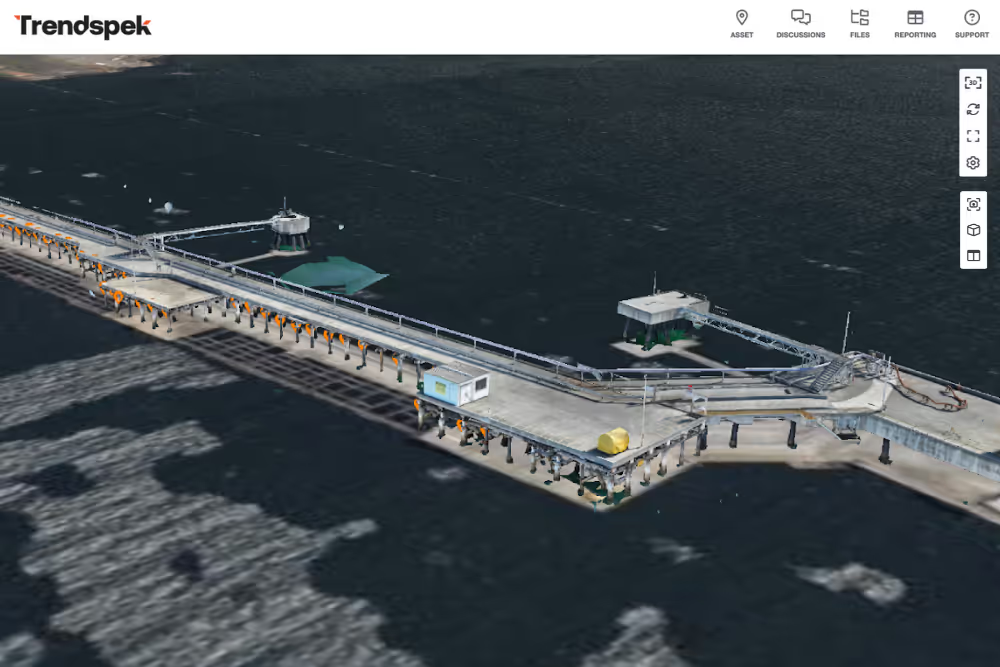


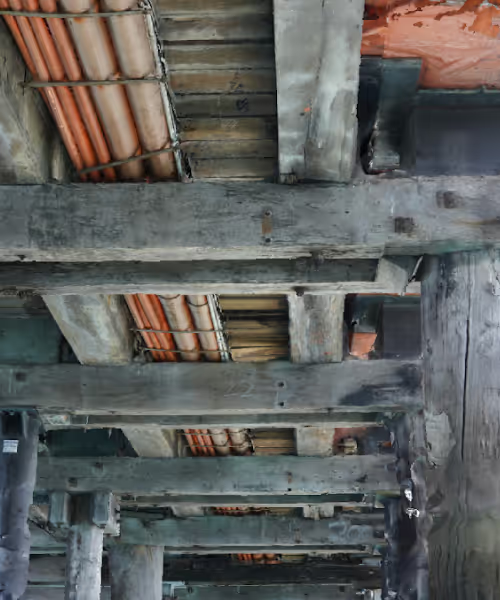
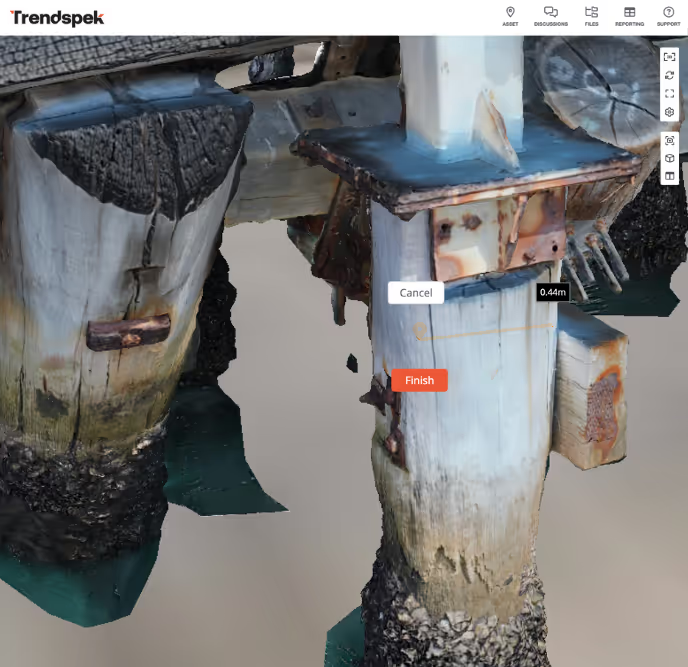

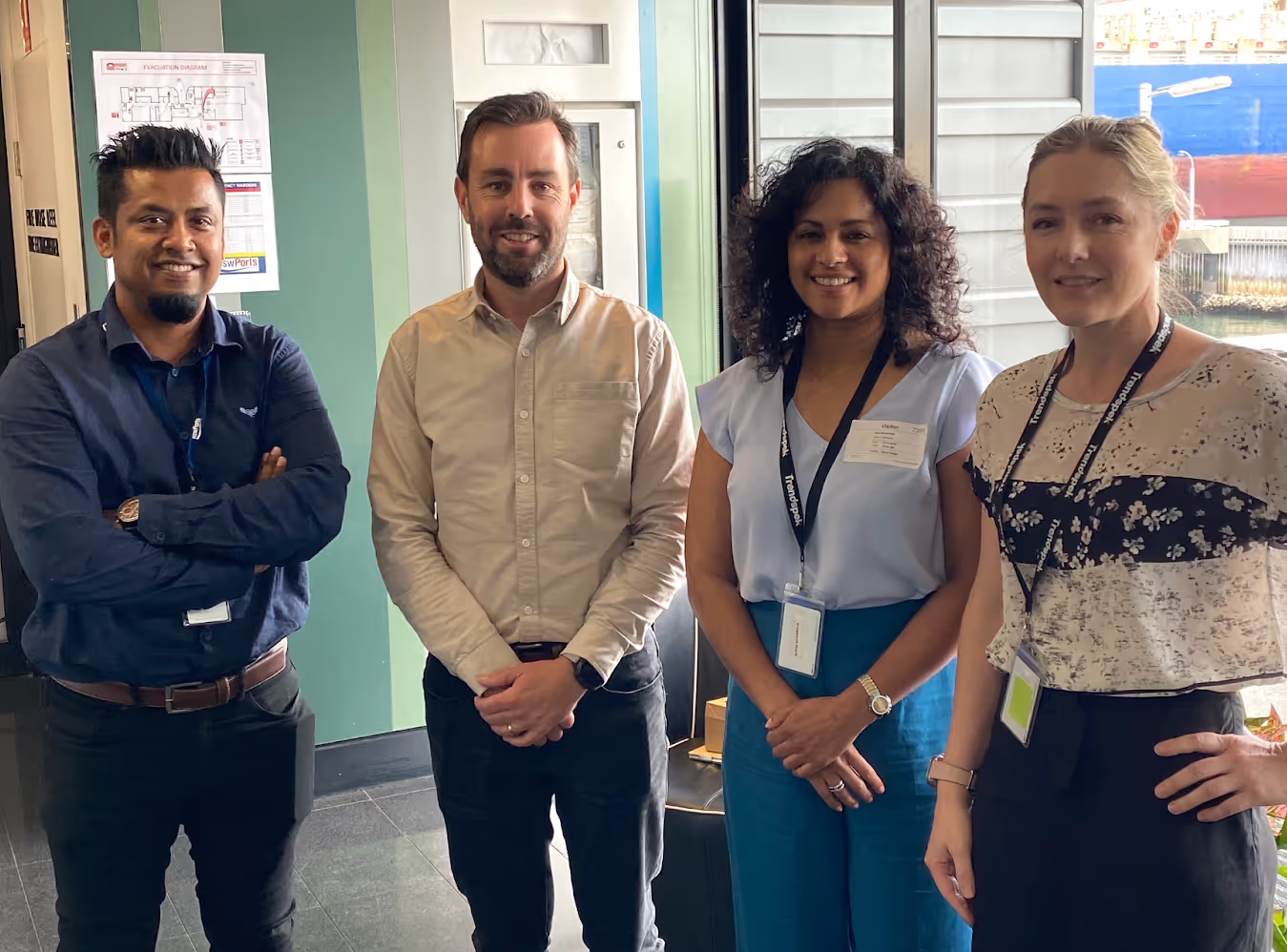
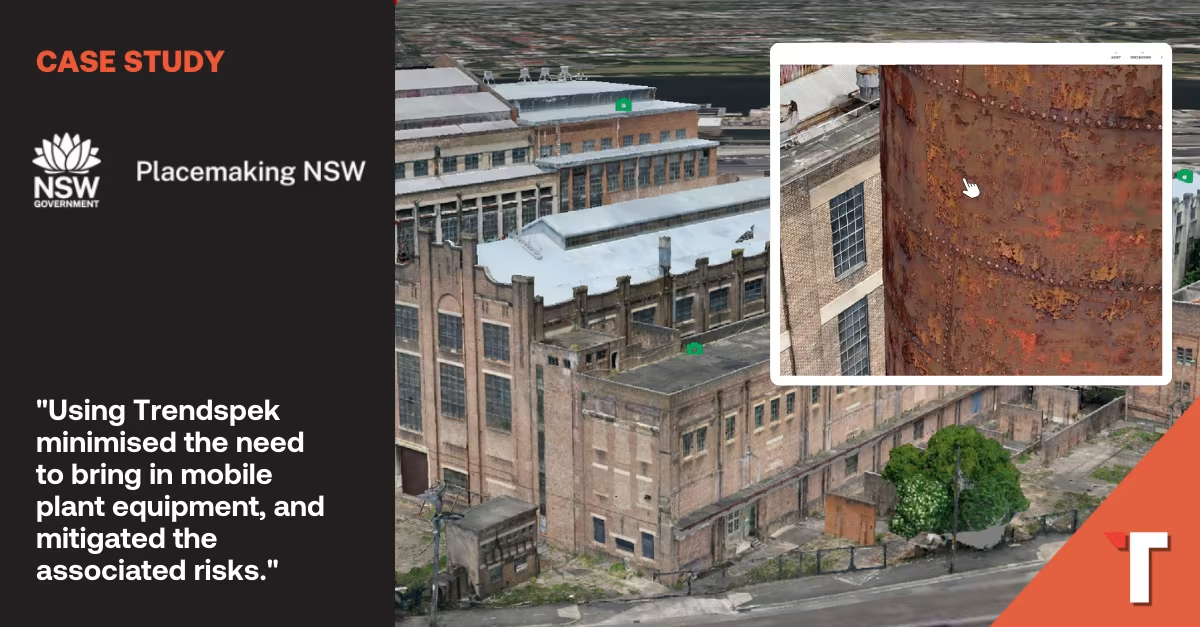

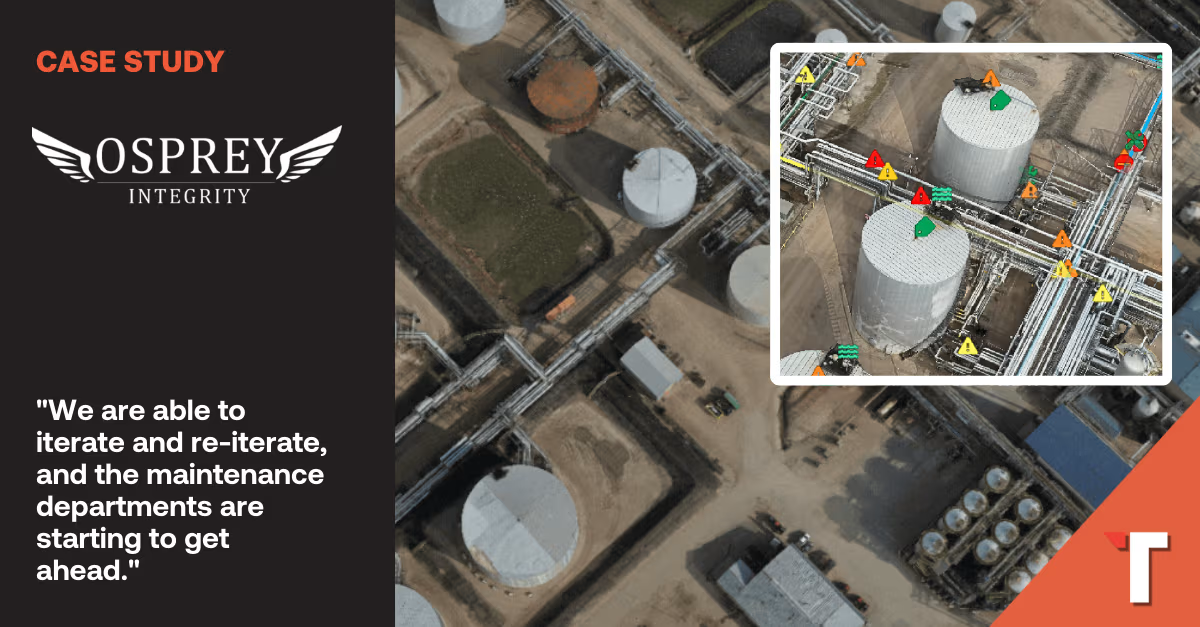


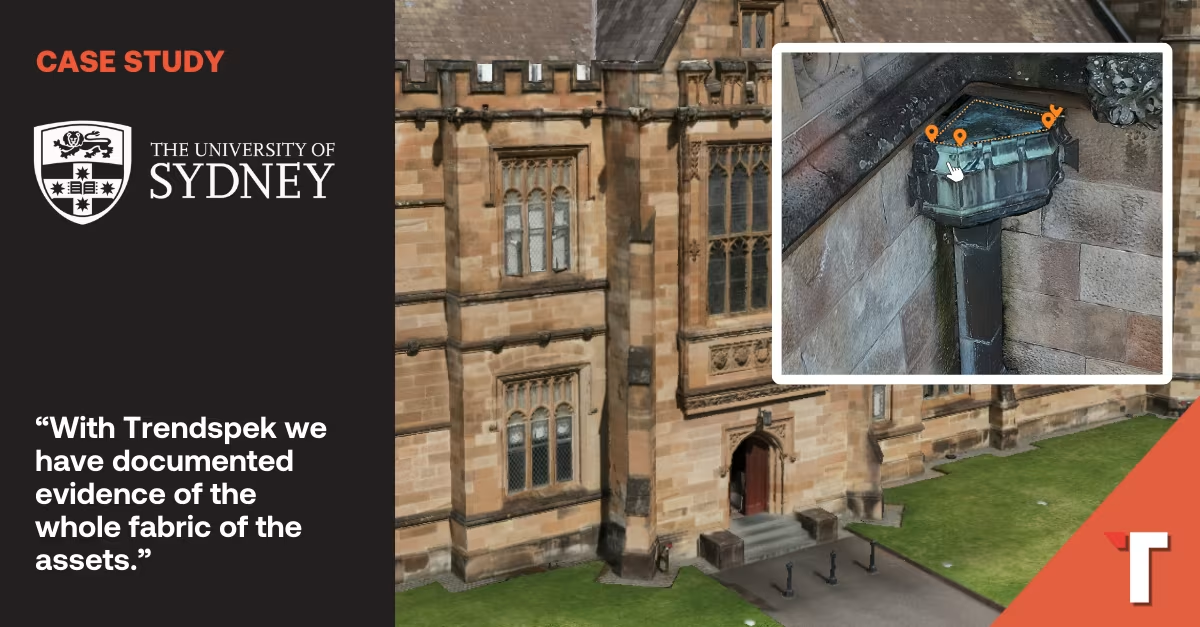
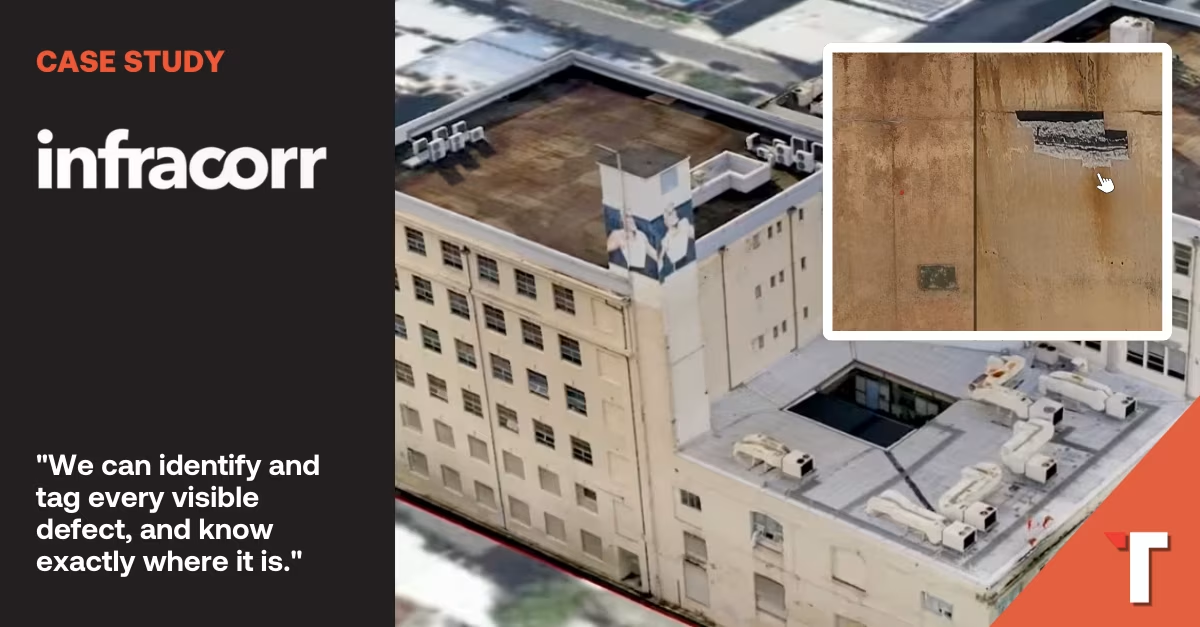
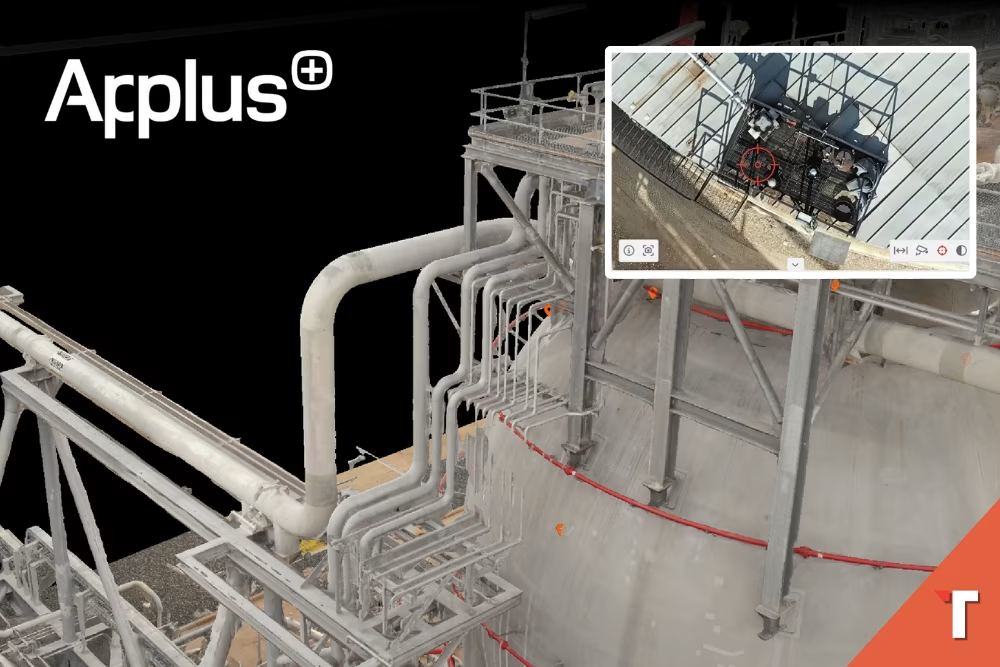
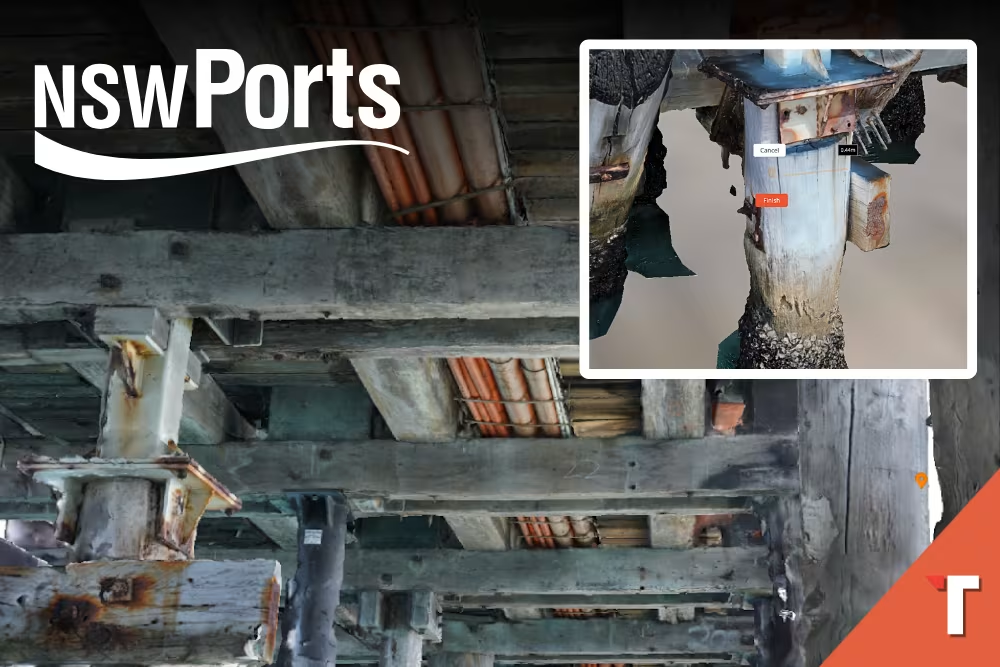
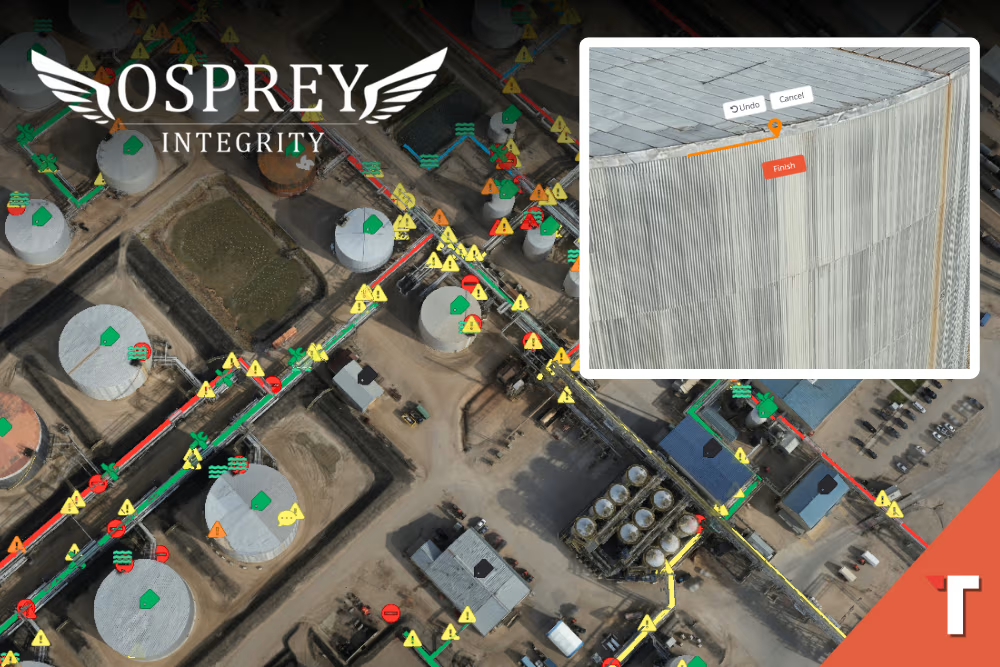
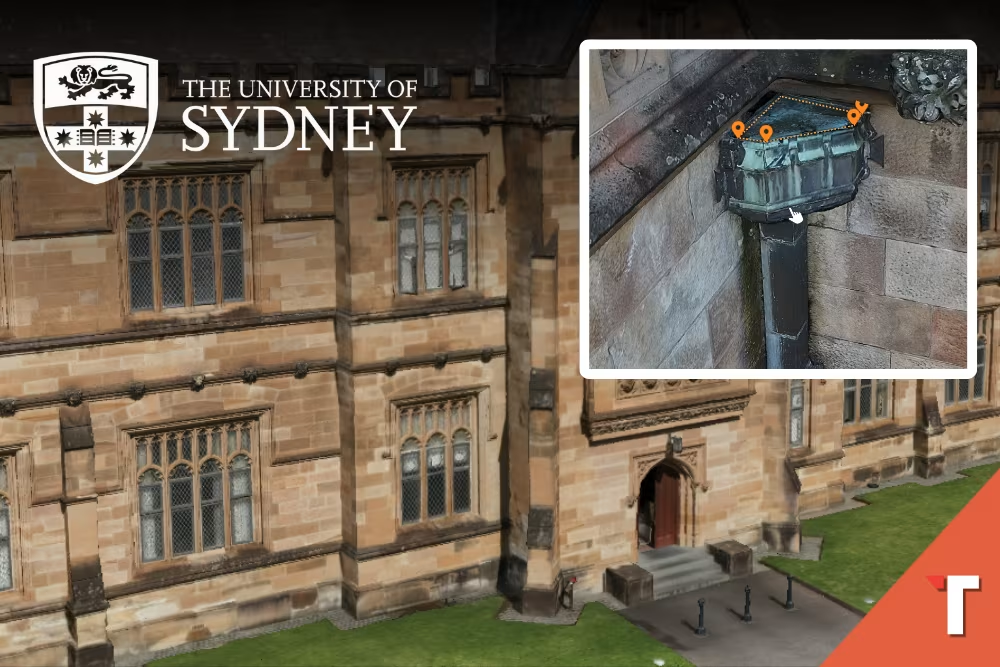
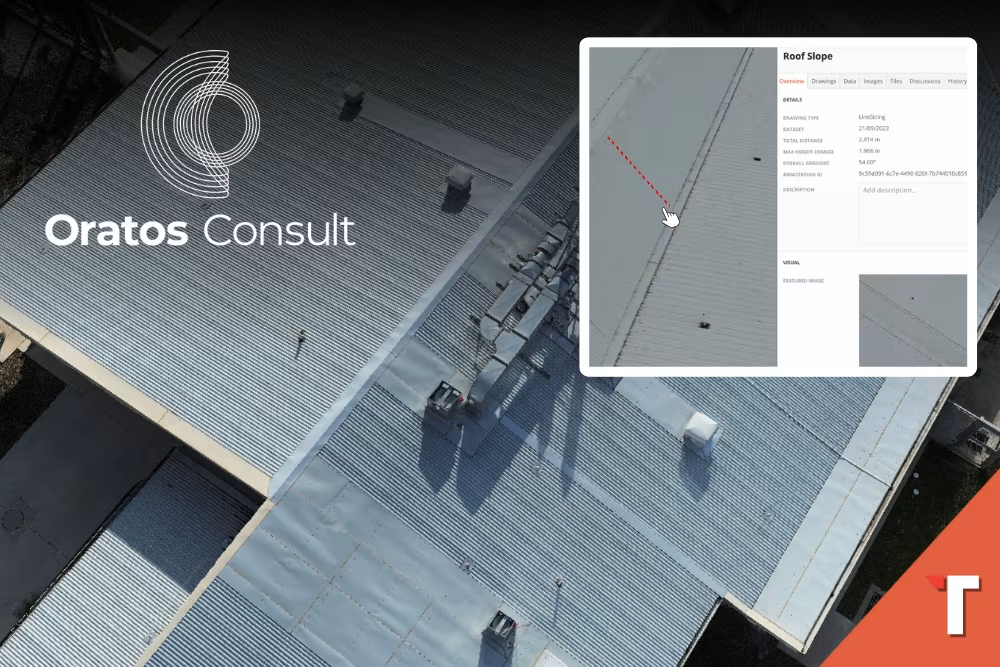
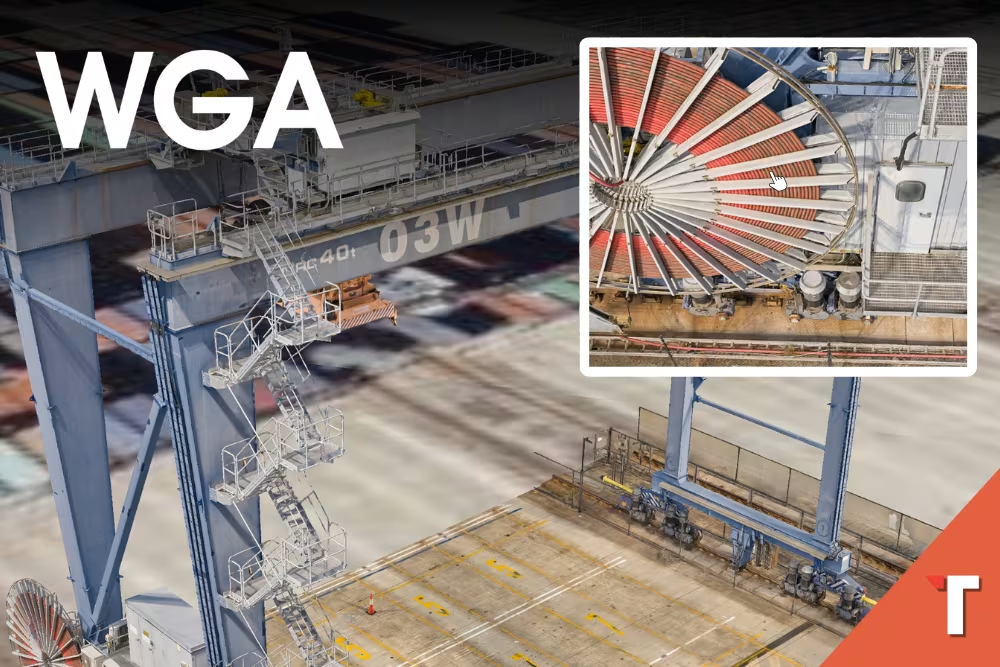
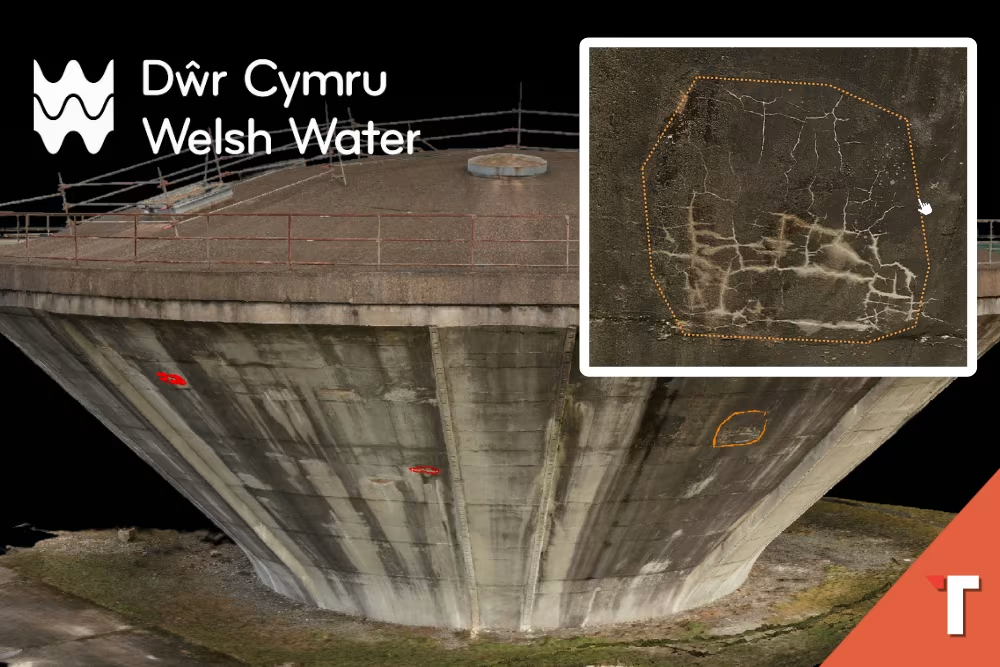
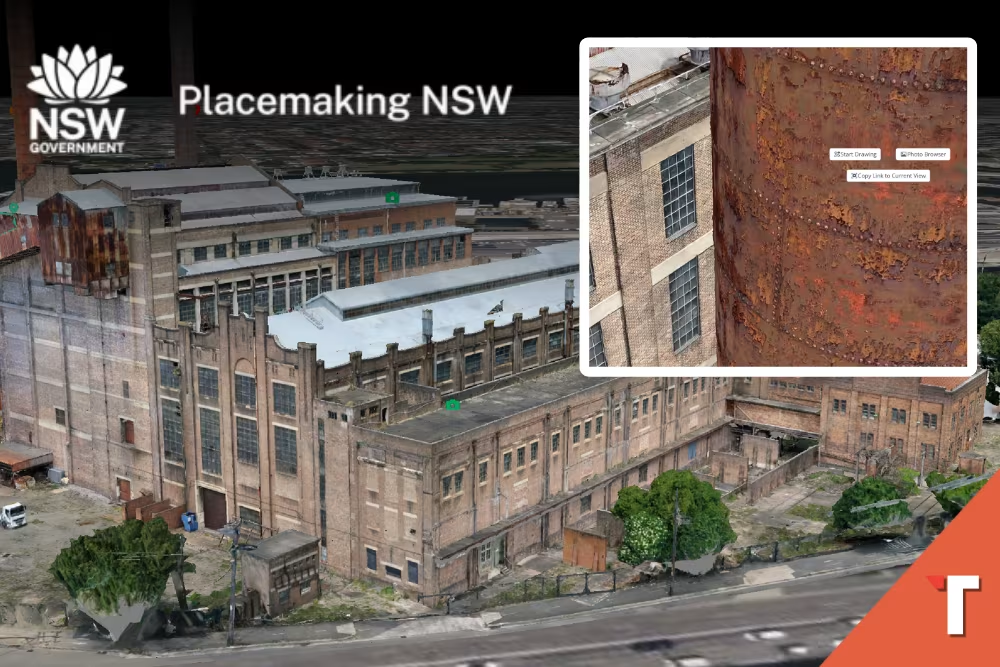
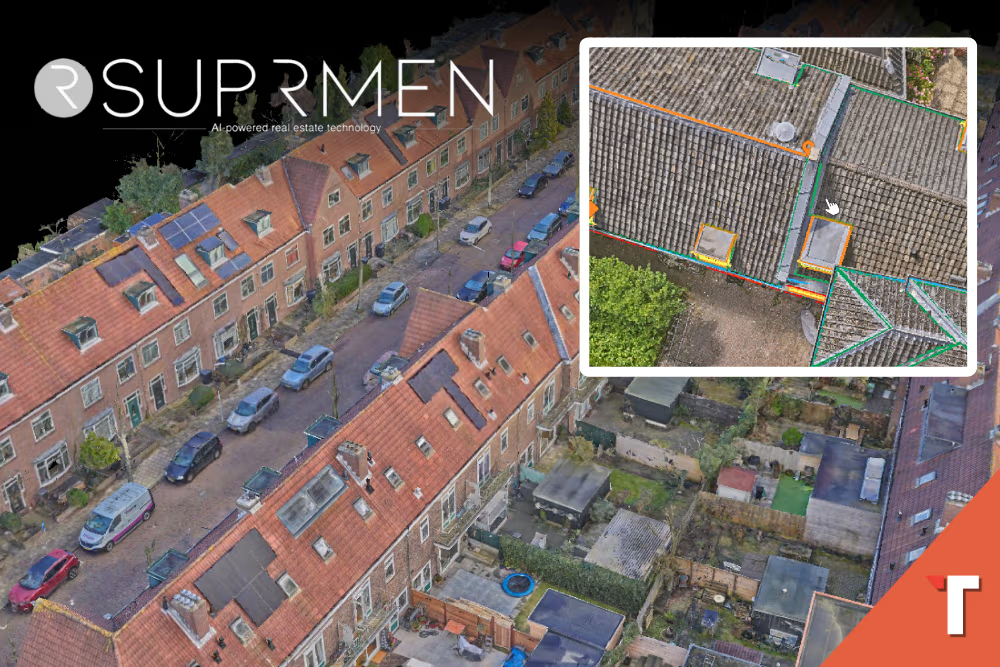
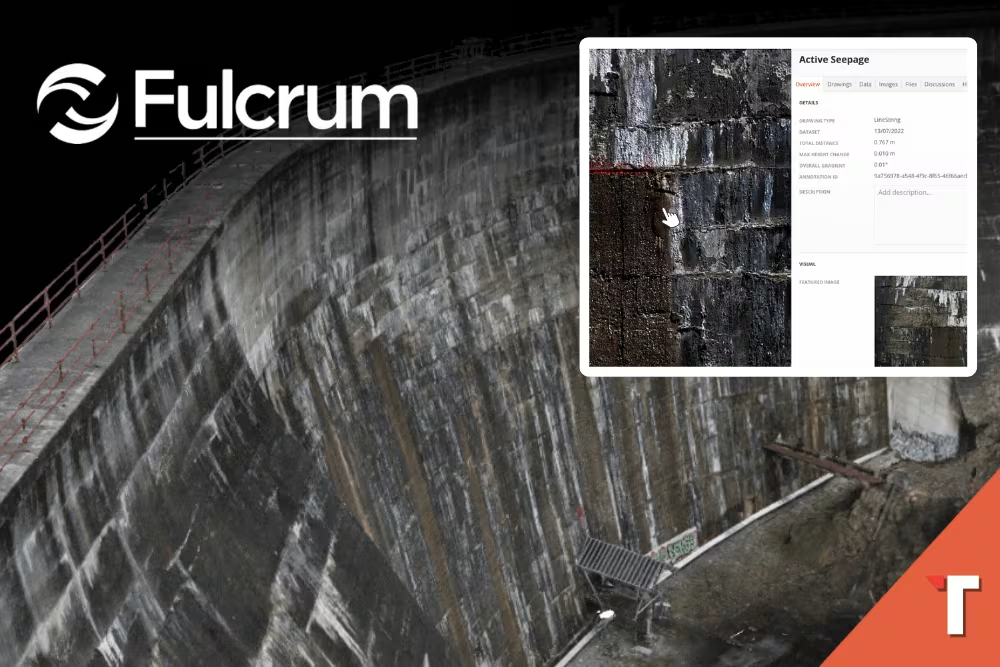
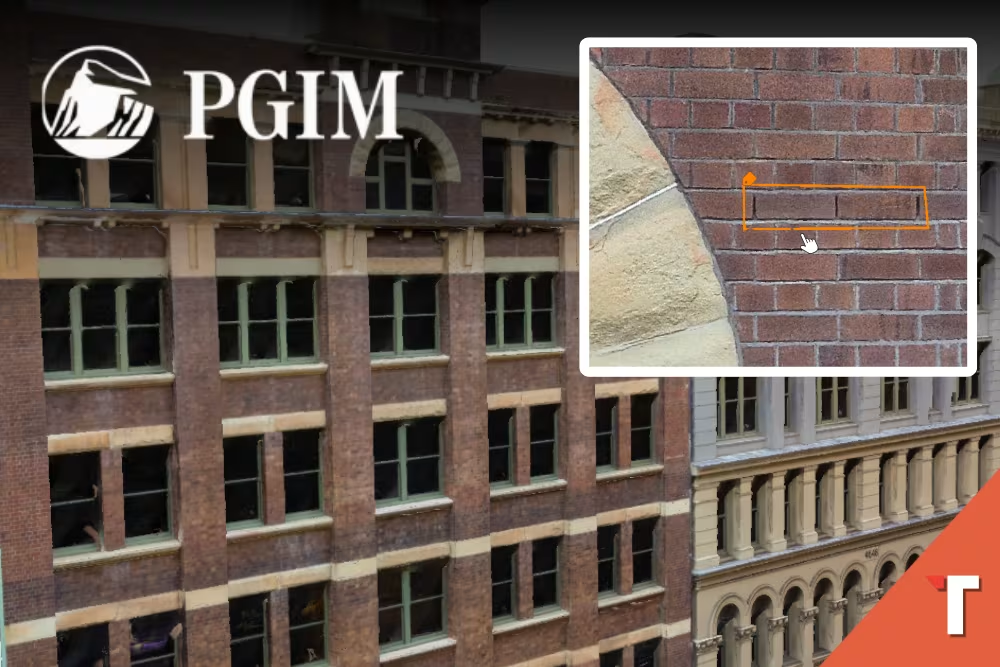
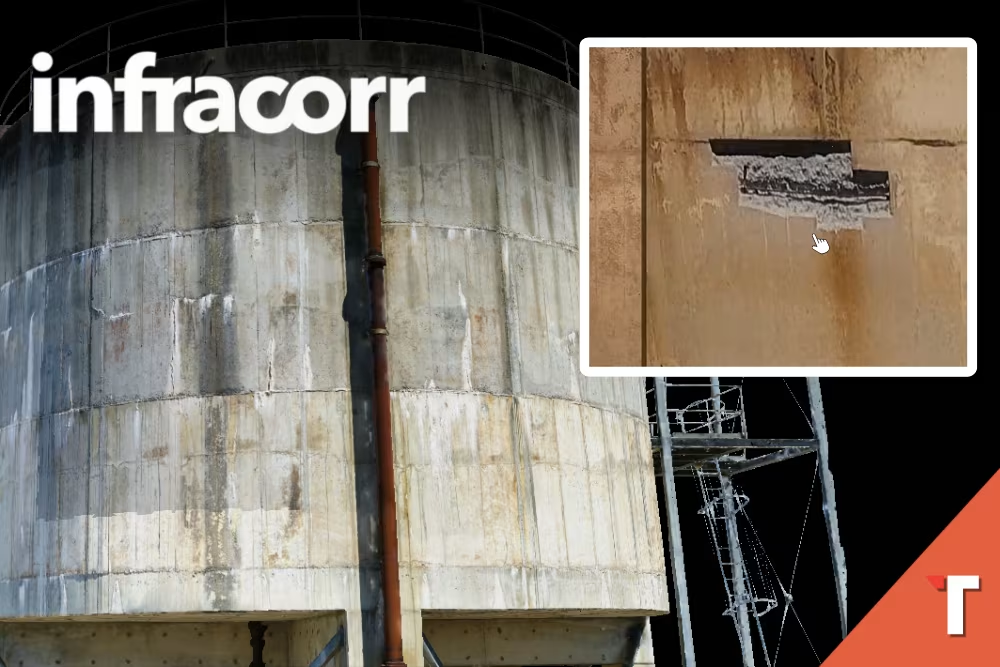




















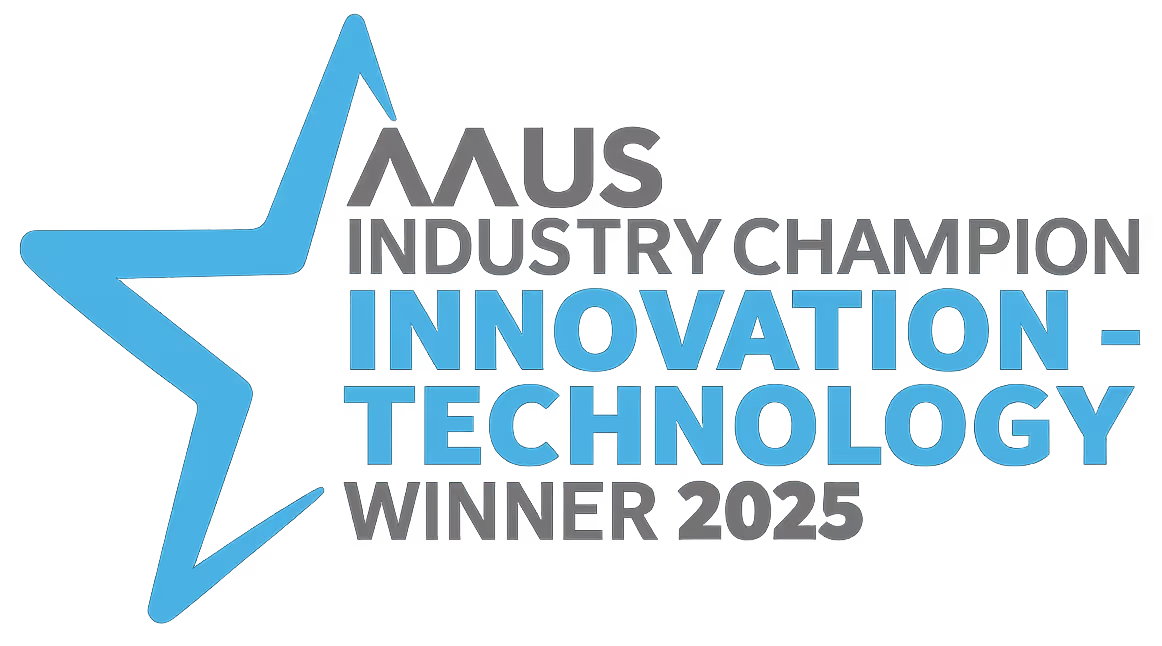
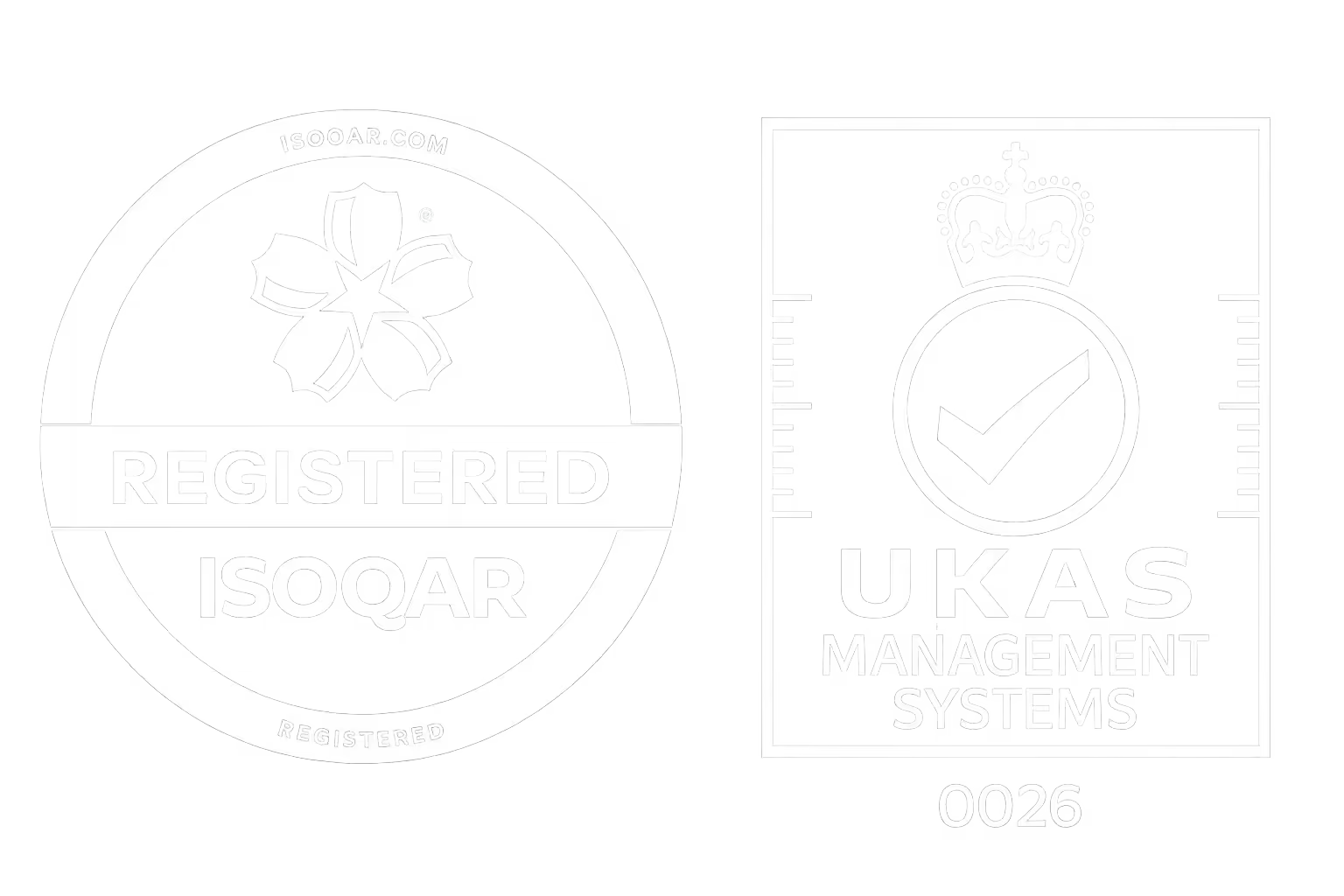

.svg)